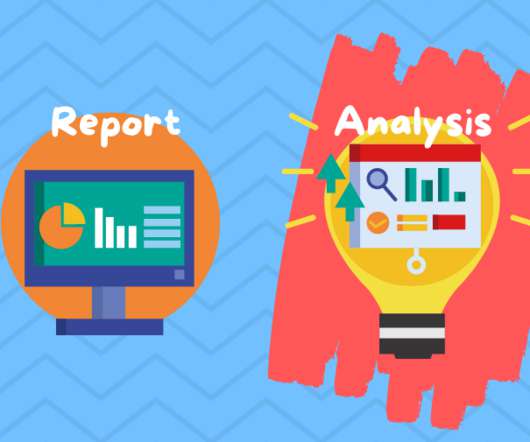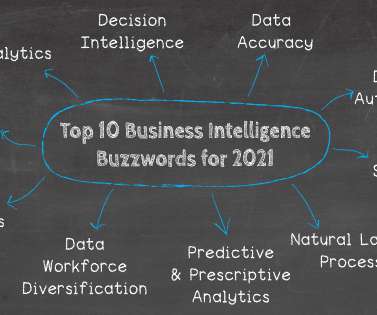What is business analytics? Using data to improve business outcomes
CIO Business Intelligence
JULY 5, 2022
Research firm Gartner defines business analytics as “solutions used to build analysis models and simulations to create scenarios, understand realities, and predict future states.”. Descriptive analytics uses historical and current data to describe the organization’s present state by identifying trends and patterns.



























Let's personalize your content